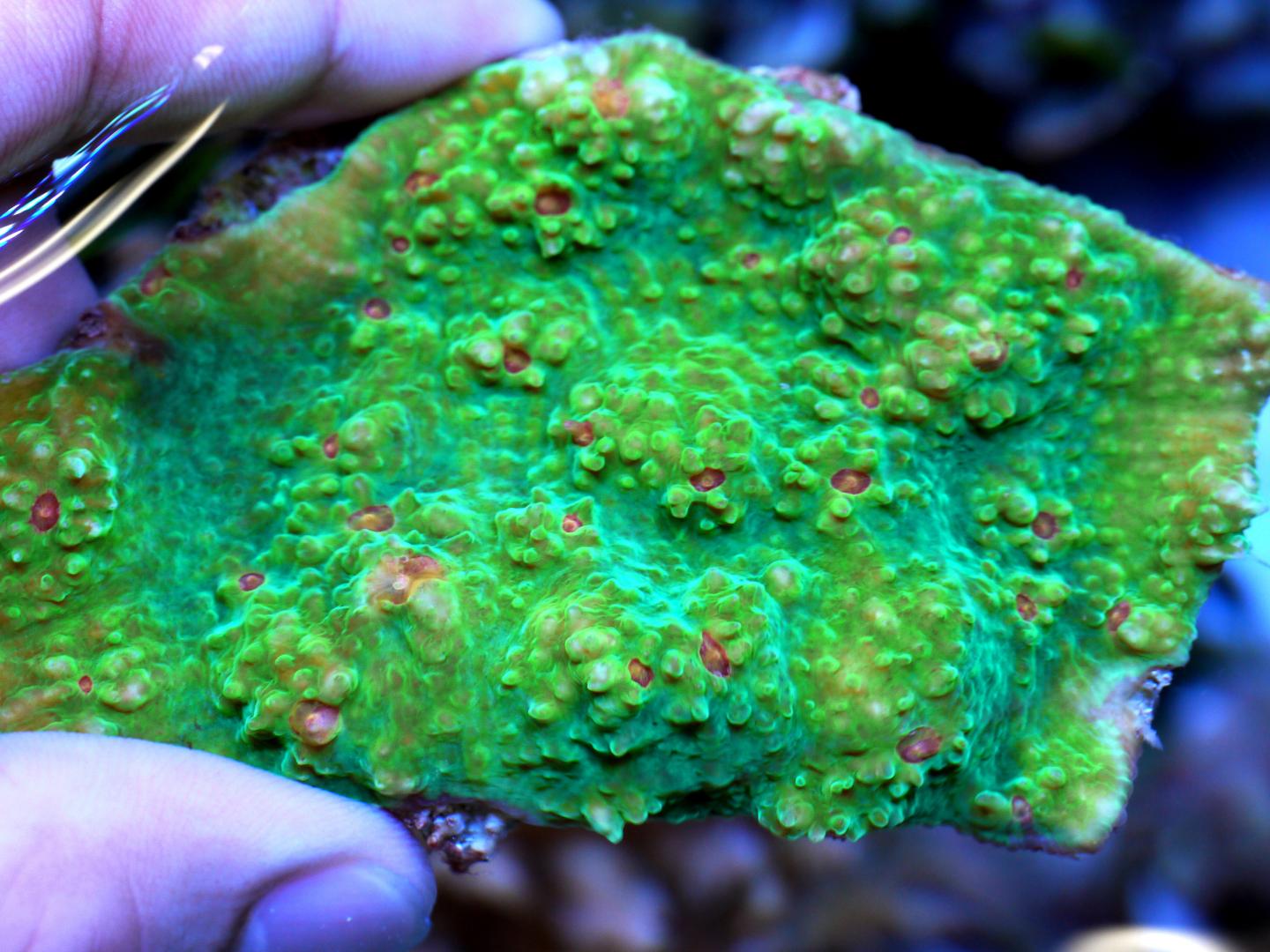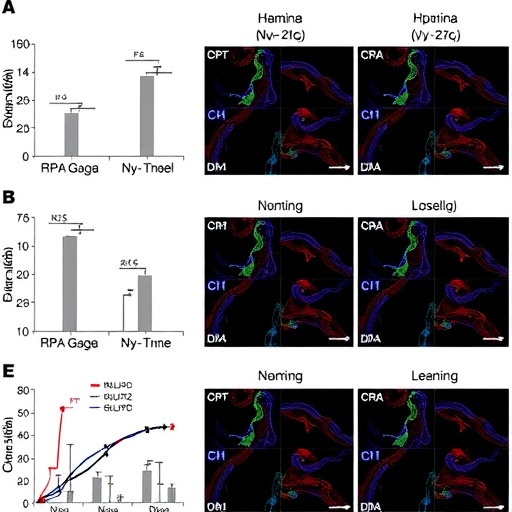
Credit: NIBB
Reef-building corals thrive in nutrient poor marine environments due to an obligate symbiotic relationship with symbiotic dinoflagellates, zooxanthellae. Corals cannot survive without symbiotic zooxanthellae. Most coral species gain symbionts from the environment early in life, and possibly again after bleaching, i.e., the loss of symbionts in response to heat stress.
The study led by researchers at the National Institute for Basic Biology (Japan), Tohoku University (Japan), National Institute of Advanced Industrial Science and Technology (Japan) and James Cook University (Australia) discovered a biological signal from corals that attracts potential symbionts.
“Corals have been expected to signal free-living zooxanthellae in seawater to increase the chance of meeting potential symbiotic partners, but we did not know what the signal was or even whether such a signal actually existed.” said Associate Professor Shunichi Takahashi of the National Institute for Basic Biology in Japan. “We focused on the green fluorescence emitted by corals, and showed the first experimental evidence that corals attract free-living zooxanthellae by their green fluorescence.”
“When corals are exposed to UV or blue light, they emit green fluorescence. This fluorescence is related to the endogenous green fluorescent proteins (GFP). Most coral species express GFP, however the intensity of the fluorescence can differ, thereby some corals show strong green fluorescence that is detectable by our eyes. We knew that corals express GFP and emit green fluorescence. However, we did not know why corals emit green fluorescence. We then hypothesized that green fluorescence may be a signal to attract potential symbionts.”
Dr. Yusuke Aihara said “We were very excited when we saw that corals, as well as green-fluorescent paint, could attracted free-living zooxanthellae under blue light, the light conditions where green fluorescence is emitted. We then studied how free-living zooxanthellae swim towards the green fluorescence emitted by corals and found that it is related to their phototaxis.”.
“To examine whether green fluorescence still attracts free-living Symbiodinium on coral reefs, we designed field experiments. However, this was beyond our (laboratory researchers) ability. Therefore, we invited Professor Andrew H. Baird, who is a top coral researcher in the world, to Okinawa in Japan to conduct the field experiments. We were lucky to be able to finish our field experiments the day before a typhoon hit Okinawa, with the results confirming that green fluorescence attracts zooxanthellae in nature” said Dr. Takahashi.
“The attraction of zooxanthellae by corals might help corals to recover from bleaching through recruiting new symbionts. However, we need further study to prove it.”
###
This study, titled “Green fluorescence from cnidarian hosts attracts symbiotic algae”, was published on January 22, 2019 in the journal Proceedings of the National Academy of Sciences of the United States of America.
Paper Information:
Proceedings of the National Academy of Sciences of the United States of America “Green fluorescence from cnidarian hosts attracts symbiotic algae” by Yusuke Aihara, Shinichiro Maruyama, Andrew H. Baird, Akira Iguchi, Shunichi Takahashi, Jun Minagawa
DOI:10.1073/pnas.1812257116
Media Contact
NIBB’s PR Office
[email protected]
Original Source
http://www.
Related Journal Article
http://dx.




